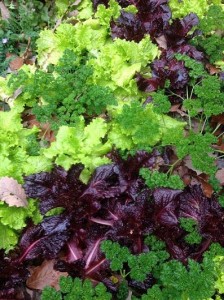Every year around August and September, when the heat of summer has wiped out once fresh spring plantings, almost daily we hear one of two questions from multiple people – “Do you have any mums?” and (insert desperate tone here) “When can I plant pansies??!??”
Well, as of this writing we do have plenty of mums, and, no, it’s not time to plant pansies – yet (October and November are the months, when temperatures begin to cool a bit.). But why settle for a simple mum now when growers are offering so much more this time of year? Here are a few interesting plants to use with the usual mums until its time for the winter fare of pansies, snapdragons, ornamental veggies, and more.
 A difficult plant to find but one that offers gorgeous fall color is hamelia. Enjoy it’s orange blossoms and beautiful foliage in a special container. Add some sweet alyssum and petunias to add even more interest. The planter shown here also has a small pot of asters that once finished blooming can be removed and planted in the garden.
A difficult plant to find but one that offers gorgeous fall color is hamelia. Enjoy it’s orange blossoms and beautiful foliage in a special container. Add some sweet alyssum and petunias to add even more interest. The planter shown here also has a small pot of asters that once finished blooming can be removed and planted in the garden.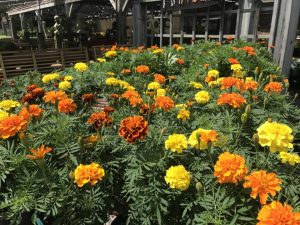
Marigolds are my unsung heroes of the autumn season. They bloom like crazy given some sunshine, prefer the cooler temperatures of fall, and offer loads of color. Who wouldn’t love that? I use them in the garden and tuck red or green lettuce and sweet alyssum in between for even more color. Try to use marigolds in planters or places you won’t be planting pansies though, because it can be difficult to make the decision to pull them out as they last even through a light frost.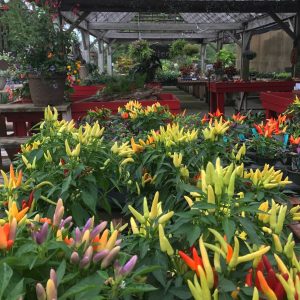
Another that has become a popular addition to the fall plant palette is the ornamental pepper. These small plants loaded with colorful fruit are an unexpected and fun way to usher in a new season. Add some cosmos too for added interest.
Don’t forget that foliage plants can add color as well. Heuchera offers colorful leaves for just about any combination, and the lowly ajuga can be beautiful too. Whatever you decide on, remember that there’s much more than mums for long lasting fall beauty; so venture out of the mum comfort zone and give them some companions this year!
By Kris Blevons

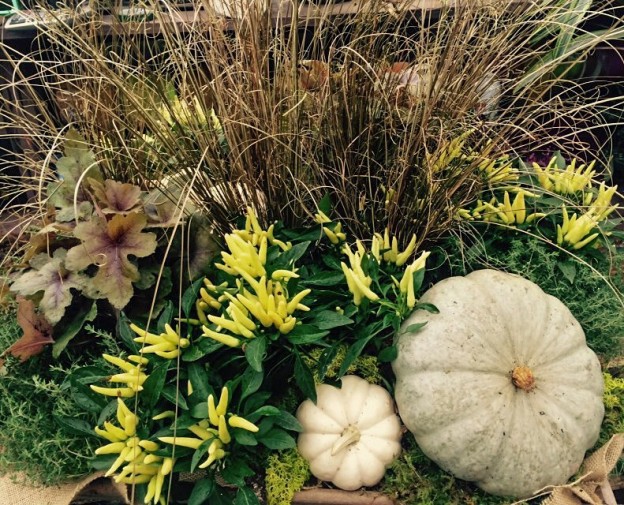
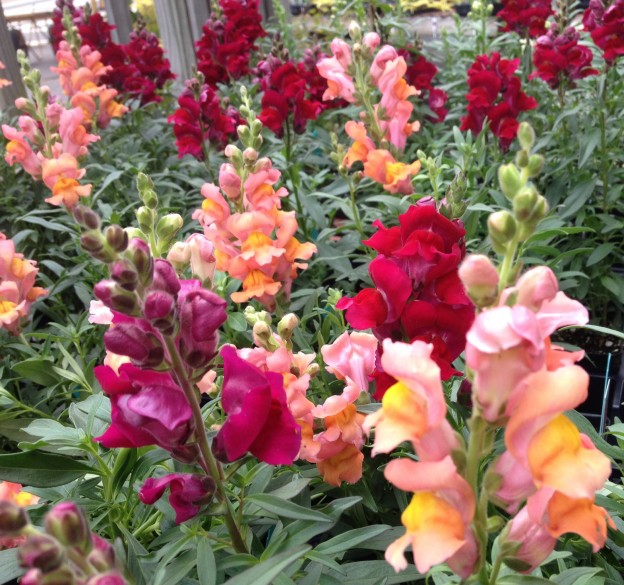
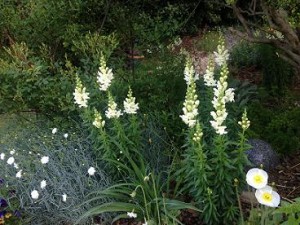
 Snapdragons can be purchased in the fall in cell pack flats and in larger pots as well. Many times they’ll be in bloom. When theses initial bloom spikes are finished, cut them back below the faded flowers. This will ensure they’ll branch and be fuller and more robust. Through the winter the plant’s energy will go into growing roots and strong leaves – the beautiful blooms next spring are your reward!
Snapdragons can be purchased in the fall in cell pack flats and in larger pots as well. Many times they’ll be in bloom. When theses initial bloom spikes are finished, cut them back below the faded flowers. This will ensure they’ll branch and be fuller and more robust. Through the winter the plant’s energy will go into growing roots and strong leaves – the beautiful blooms next spring are your reward!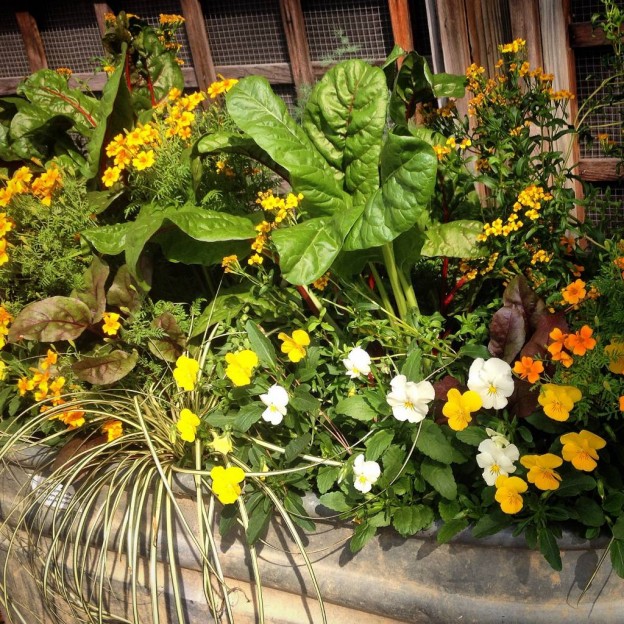

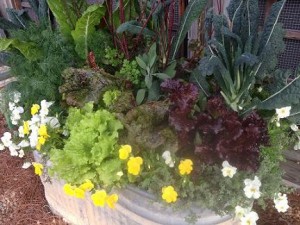
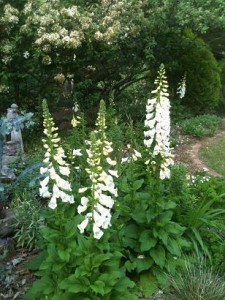 Start with pansies and violas for beds and planters, then add supporting players. Some of the prettiest additions to your winter/early spring garden are
Start with pansies and violas for beds and planters, then add supporting players. Some of the prettiest additions to your winter/early spring garden are 